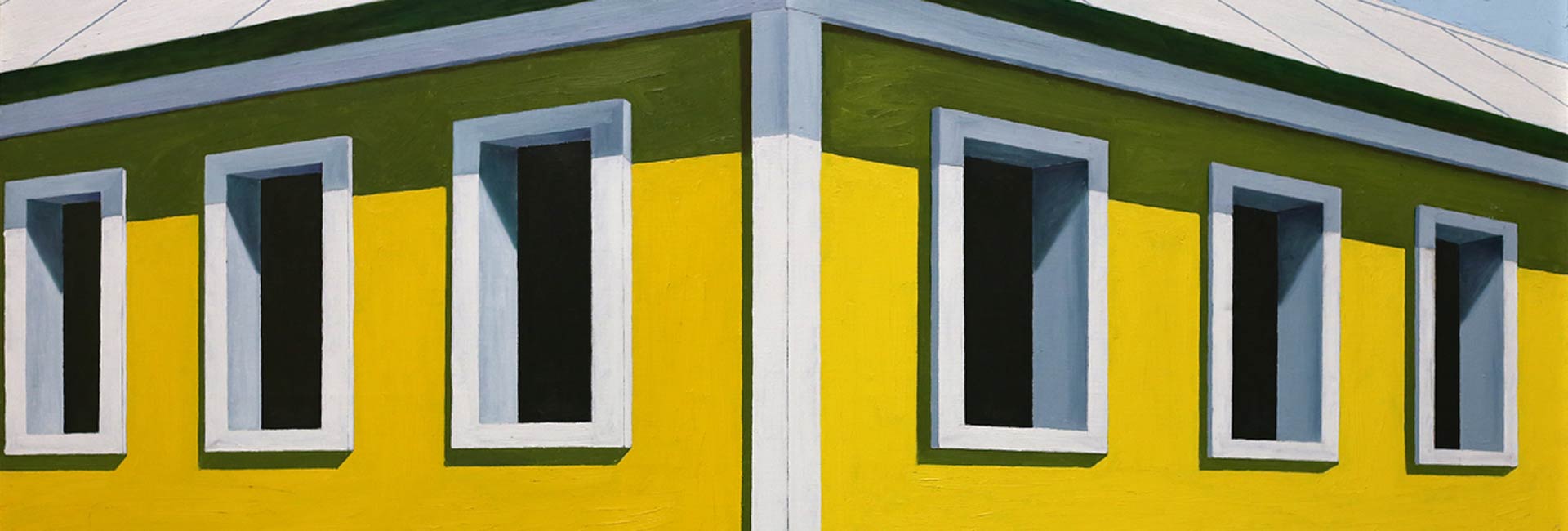

The Lowe Art Museum at the University of Miami has a strong penchant for featuring art from its regional neighbor—the Caribbean.
The Lowe Art Museum, South Florida’s first and most comprehensive art museum, features temporary exhibitions and world-renowned innovative pieces ranging from paintings to sculpture installations. Since the opening of its free-standing facility in 1952 at the University of Miami, thanks to philanthropists Joe and Emily Lowe, the Lowe Art Museum has been a University and Greater Miami staple, showcasing timeless and resounding art pieces in various forms—from Asian antiquities to Renaissance paintings to modern and contemporary art.
With its prime location in Miami, the Gateway to the Americas, the Lowe seems to have a slight affinity for its southern neighboring region. Featuring artists and artwork from throughout the Caribbean Basin, the Lowe exhibits pieces that naturally exude certain themes and shares some common artistic techniques. Any body of work, notes Jill Deupi, has certain markers or characteristics.
“I don’t want to be reductive, but if you’re looking at the Caribbean, the influence of tropical nature, of the sea, the quality of the light, which is so different than other parts of the world, that shines through,” says Deupi, Beaux Arts director and chief curator of the Lowe. “There is also this history of colonialism, of oppression, in various contexts, that also comes through; how could it not? It’s part of the fabric of the history of the Caribbean.”
About the Photo
Artwork from the Emilio Sánchez in South Florida Collections show at the Lowe Art Museum at the University of Miami. The label is:
Emilio Sánchez
Yellow House, 1965
Oil on
canvas
© Emilio Sanchez Foundation
Join the Conversation:
Follow on
Twitter:
UM Lowe Art Museum, @loweartmuseum
University
of Miami, @univmiami
UM News, @univmiaminews
Considering the influence that Cuban immigrants have had on South Florida, the Lowe is also quite proud of its Cuban art collection. In addition to traveling exhibits by and about Cuban and Cuban-American artists, the Lowe also has in its permanent collection about 500 works from the defunct Cuban Museum of Arts and Culture, which had opened in the 1970s. After being entangled with controversy, enduring threats of violence and being bombed twice, the museum closed in 1999 and donated its collection to the Lowe.
“The bulk of those objects are from the post-revolutionary period, so from the 1960s onward, and we’re working very hard to make sure that those objects are shown with greater regularity,” says Deupi, who has a close connection to the island: her husband of 25 years is Victor Deupi, Cuban-American architect and lecturer at the School of Architecture.
Jill Deupi, Beaux Arts director and chief curator of the Lowe Art Museum discusses Cuban and Caribbean art at the Lowe.
Though there are some repeating tropes of politics, exile and oppression in Cuban art, with its obvious potent political history, Deupi encourages those experiencing the art to see beyond what may seem obvious and instead decipher what the artist, as an individual, is trying to express.
“You’re going to find a range of expression that really speaks to the depth of humanity, beyond the Cuban experience, beyond the exile experience,” says Deupi.
“It’s an apt reminder, something that I think about all the time, that art is what makes us human. It’s the marker of our time on earth and our passage through this world, both as an individual and collectively.”
- JESSICA M. CASTILLO / UM News
